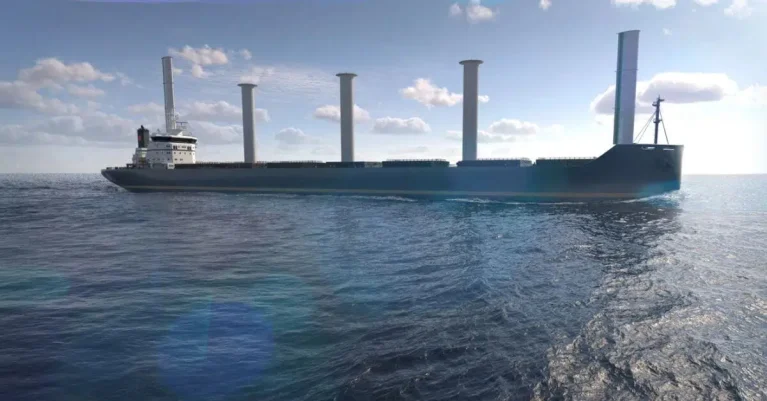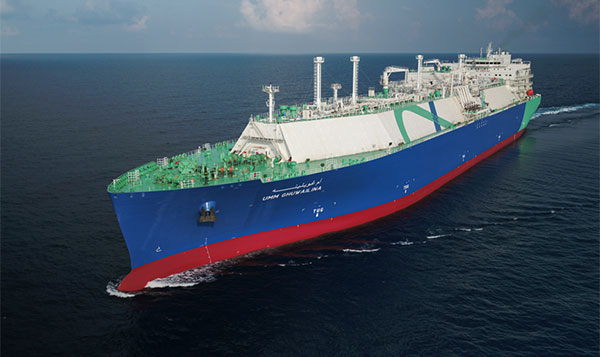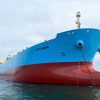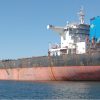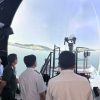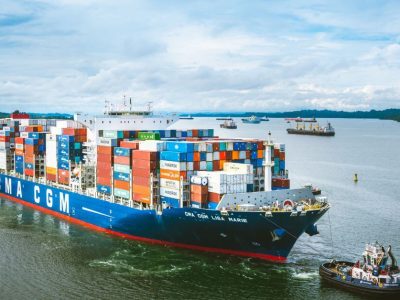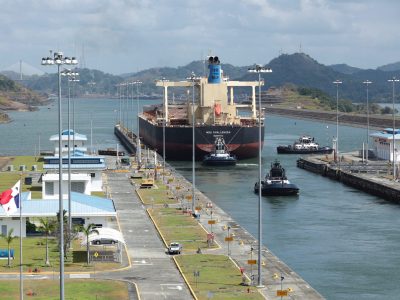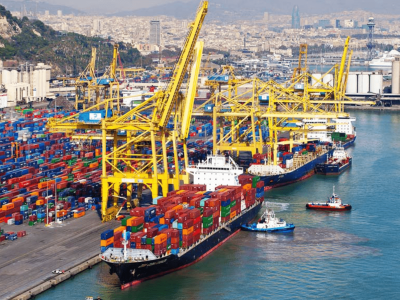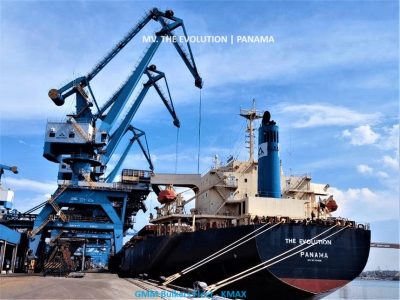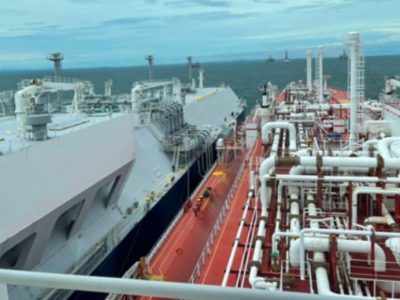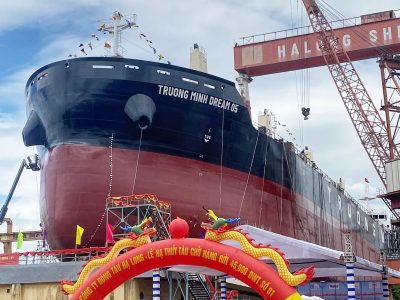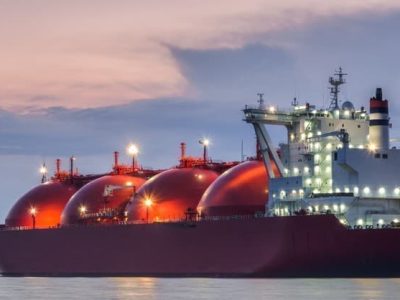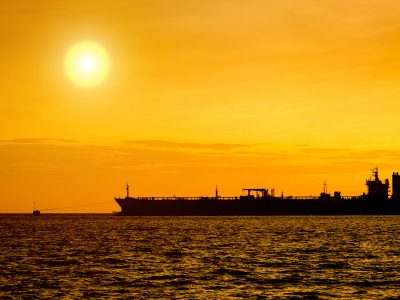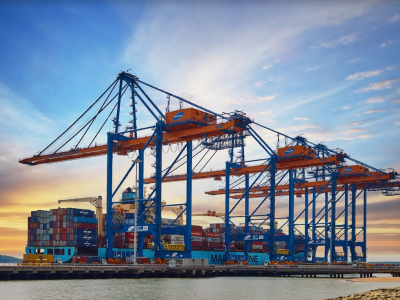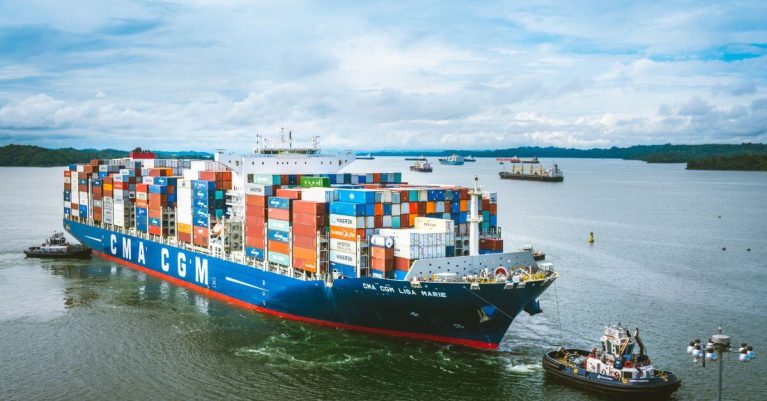By GMM Technologies | 2024-03-20 | Ship Building News |
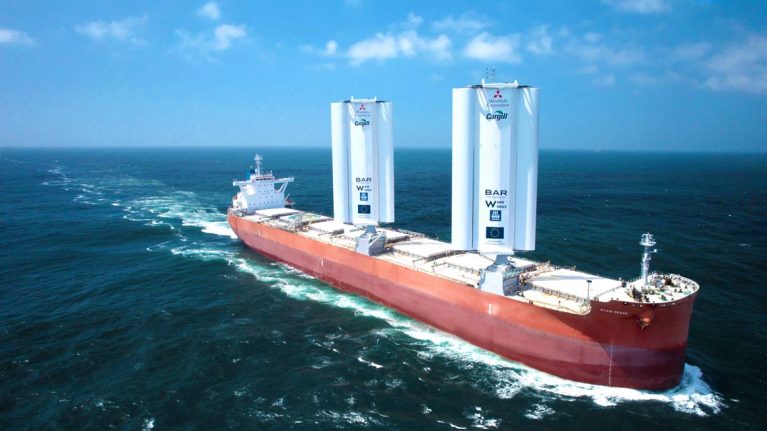
Commodities trading giant Cargill is revealing promising results from a six-month trial of wind-assisted propulsion technology on board one of its chartered vessels.
The Kamsarmax vessel, Pyxis Ocean, has been fitted with two giant rigid sails designed by UK-based BAR Technologies, known as WindWings. According to Cargill, the performance of the wind sails has lived up to expectations, saving an average of 3 tonnes of fuel per day over the course of trial, which equates to a 14% reduction in well-to-wake emissions.
Under optimal sailing conditions, the savings soared to over 11 tonnes of fuel per day, translating into a 37% emission reduction. The results, verified by DNV, align with the predictions from BAR Technologies’ simulations.
According to Jan Dieleman, President of Cargill’s Ocean Transportation business, the results have been encouraging. “We are on the leading edge of change in the shipping industry and believe technologies that harness the wind could be an important, cost-effective way to achieve our decarbonization goals in the short, medium and long-term,” he said.
The Pyxis Ocean, owned by MC Shipping, a subsidiary of Mitsubishi Corp, set sail on the trial in August 2023 following installation at COSCO shipyard in Shanghai, China. During its first six months, the ship traversed the Indian Ocean, Pacific Ocean, and both the North and South Atlantic, passing Cape Horn and the Cape of Good Hope.
The WindWings, which measure 37.5 meters in height and resemble large airplane wings, harness the wind to propel the ship forward. Their operation is fully automated, requiring minimal involvement from the crew. The are controlled via a touch panel, a traffic light system guides the crew on sail operation. Once raised, the sails auto-adjust to the wind, using onboard sensors.
The use of wind-assisted propulsion could help the shipping industry achieve targets set out in International Maritime Organization’s (IMO) greenhouse gas strategy. One of IMO’s 2030 targets is to have 5% to 10% of energy sourced from low carbon sources.
However, the introduction of Wind Assisted Propulsion (WAP) technology also calls attention to broader logistical challenges in the global maritime system. Each port, terminal, and berth is unique, and their cooperation will be crucial to the wider-scale integration of WAP technology.
John Cooper, CEO of BAR Technologies, is optimistic about the technology’s potential for significant fuel savings and emission reduction.
“The results of the Pyxis Ocean’s first voyage with WindWings installed clearly demonstrate that wind assisted propulsion can secure significant fuel savings and emissions reduction. For example, in near optimum sailing conditions, during an open sea voyage, the Pyxis Ocean achieved fuel savings of 11 tonnes per day. And while the Pyxis Ocean has two WindWings, we anticipate the majority of Kamsarmax vessels will carry three wings, further increasing the fuel savings and emissions reductions by a factor of 1.5.”
Cargill is now working on enabling all WAP vessels, not just the Pyxis Ocean, to operate on global trade routes.
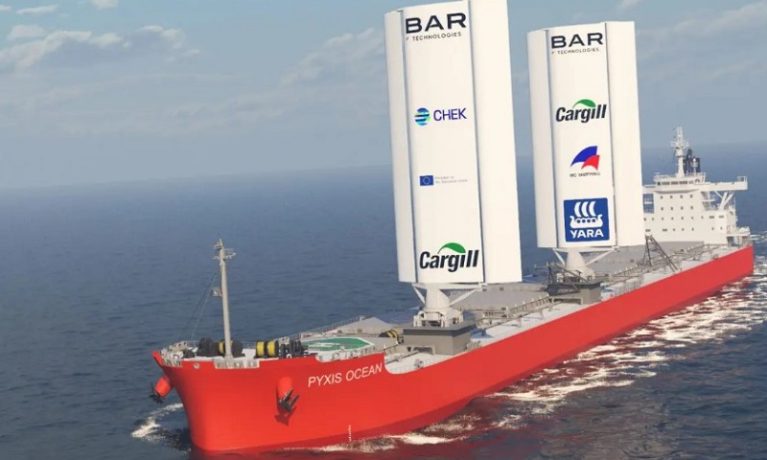
“So far, we’ve engaged with more than 250 ports to find ways of enabling vessel with large scale WAP to berth,” said Dieleman. “This complexity is where Cargill truly excels, and how we can leverage our unique role in the maritime industry. We are not afraid to be a development partner and invest, share risks with partners, and to make a difference in transforming the industry.”
WindWings have also been installed on board the M/V Berg Olympus for navigation between Brazil and China where wind conditions tend to be favorable.

